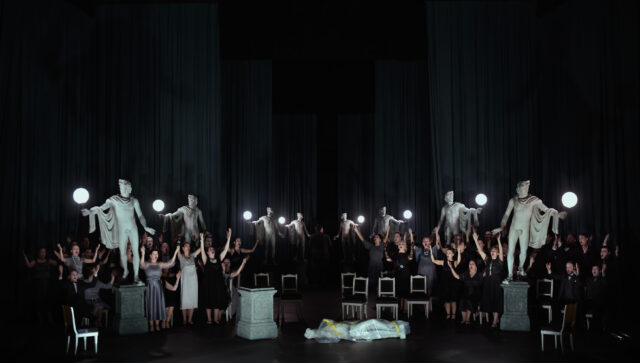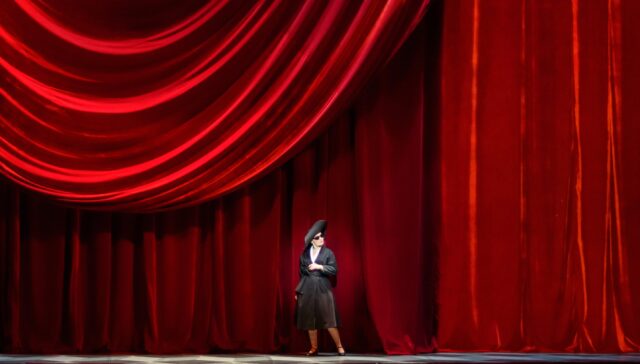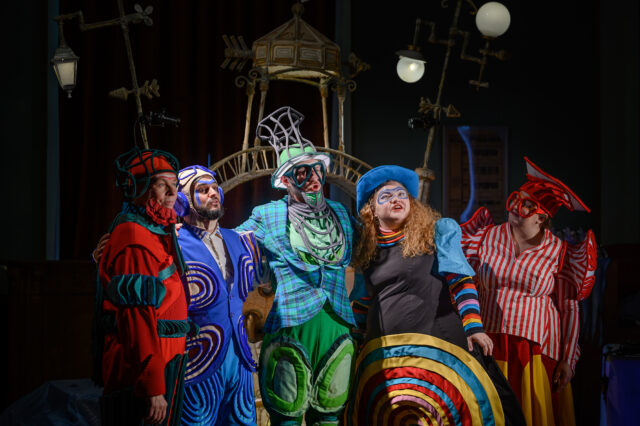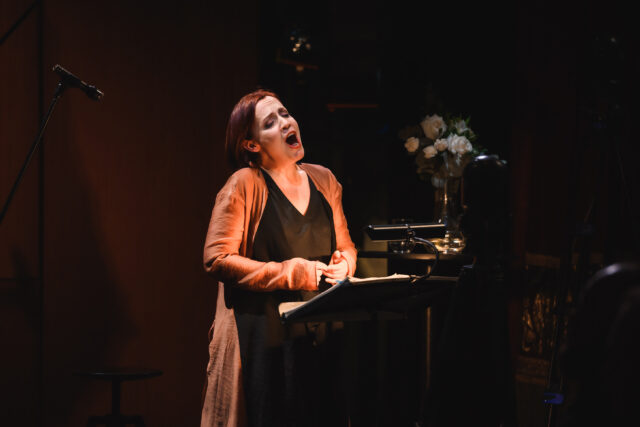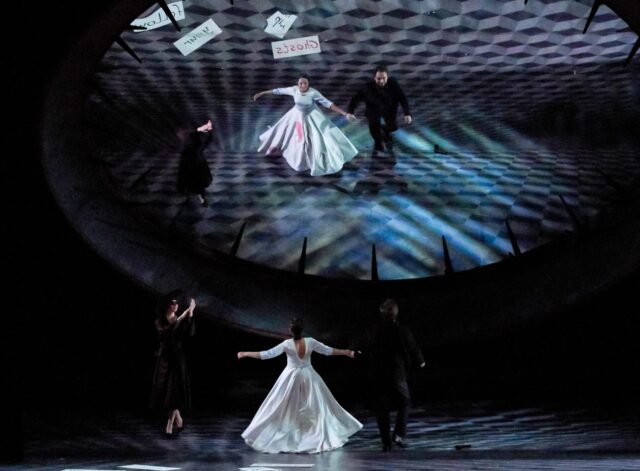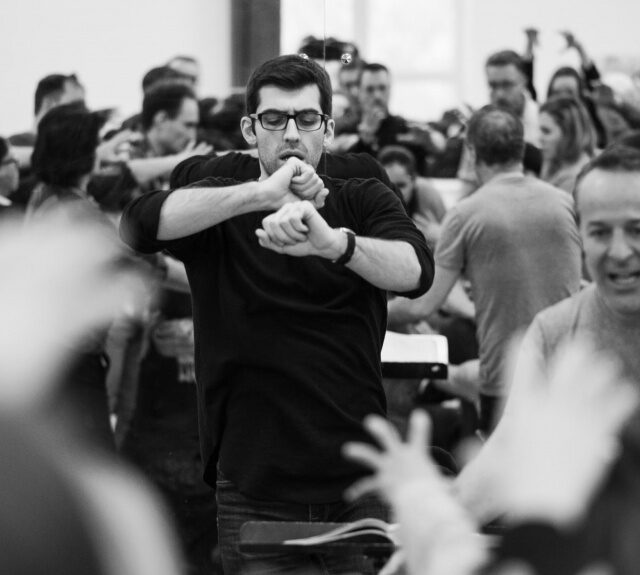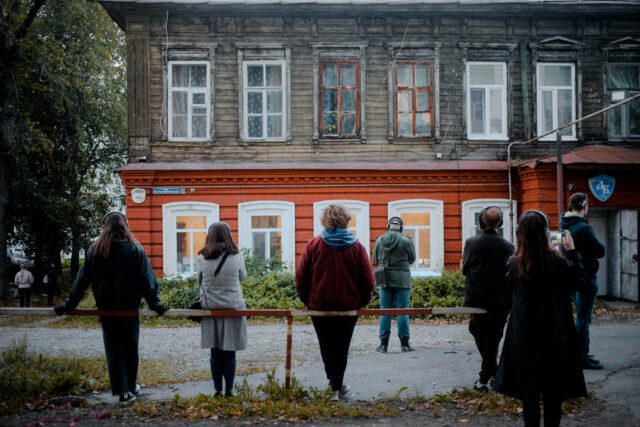
Ballets by George Balanchine
January 31, 2014
19:00–21:10
Opera in two acts
Performed in Italian with Russian subtitles
Staged for the first time in Russia to mark 400 years since it was written
Libretto by Alessandro Striggio, based on an ancient myth
Musical and stage setting by the Perm Opera and Ballet Theatre
The opera was written in 1607. This version was first performed in Perm in 2007. Running time: 2 hours 10 minutes including 1 interval
Exactly 400 years elapsed between the first performance of Monteverdi’s opera and its première in Perm. Orfeo was one of the first operas in history, and has managed to survive for centuries. The story of the ancient Singer has been one of the most popular subjects in opera for hundreds of years.
According to legend, Orpheus’s singing tamed wild beasts and made rocks move. Eurydice, Orpheus’s wife, died from a snake bite. The strength of the hero’s love and the sounds of his lyre touched the gods of the underworld, and they allowed him to go down into the kingdom of shadows and carry Eurydice away. However, he was not permitted even to glance at her on his way back to the world of the living.
The singer did not obey this condition, and lost his loved one forever.
Only 130 people can see this production on the same evening, as the audience seats are situated on the stage itself. This original use of space and the director’s unexpected concept won the production a Golden Mask.
The production is staged with the support of the Pearl of the Urals Foundation
Age category: 12+
Performers
Tatiana Poluektova
Music
Eurydice
Nymph
Tatiana Kaminskaya
Heraldess, Hope
First Shepherd
Pavel Reiman
First Infernal Spirit
Eduard Morozov
Third Shepherd
Alexander Pogudin
Third Infernal Spirit
Oleg Ivanov
Charon
Fourth Shepherd
Second Shepherd
Alexey Znamensky
Second Infernal Spirit
Alexey Svetov
Orpheus
Other events
